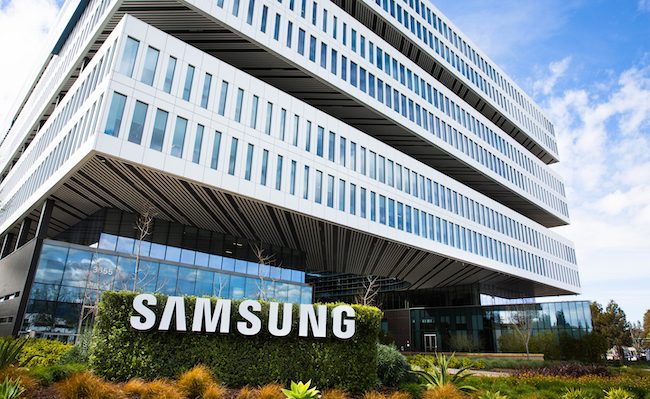|
Getting your Trinity Audio player ready...
|
By Joseph Waring
Samsung Electronics refreshed its environmental strategy, earmarking more than KRW7 trillion ($5 billion) for green initiatives by 2030, targeting net-zero carbon emissions by 2050, and joining RE100, a global renewable energy initiative.
The company stated the investment will go to researching new technologies to develop energy-efficient products, increase water reuse and foster carbon capture techniques.
Samsung set the goal of achieving net-zero emissions for all operations in the Device eXperience (DX) Division, covering consumer electronics businesses, by 2030.
Han Jong-Hee, vice chair, and CEO said “Samsung is responding to the threats of climate change with a comprehensive plan that includes reducing emissions, new sustainability practices, and the development of innovative technologies and products that are better for our planet.”
By reaching its direct and indirect carbon emissions goals, Samsung expects to reduce the equivalent of about 17 million tonnes of carbon dioxide-equivalent emissions, based on 2021 figures.
Samsung plans to invest in treatment facilities that reduce carbon emissions and will also develop technologies to reduce process gases, a by-product of chipmaking, and install treatment facilities on its semiconductor production lines by 2030.
It plans to employ renewable energy at non-domestic sites within five years as part of its goal to join RE100.
Samsung explained the strategy builds on its existing climate efforts, “significantly expanding the scope of its programmes and investments”.
It previously targeted using 100 percent renewable energy sources at its sites in the US, Europe, and China by 2020.
In the consumer electronics sector, Samsung aims to develop ultra-low power memory chips for mobile devices and data centres by 2025.
It is also shifting to a circular economy to reduce waste across entire product lifecycles, from sourcing raw materials to recycling and disposal.
SOURCE: MOBILE WORLD LIVE






